Why is cleaning your elastic in the washing machine so important?
How long have you cleaned the elastic in your washing machine? Yes, yes, the same one in the drum. To be honest, I often forget about it. Or rather, I forgot. Until the moment I met the service technician. He did not so much reproach me for forgetfulness as show me the other side of the matter. It turns out that he has more than once encountered repairs that could have been avoided if housewives had more often performed simple manipulations that are extremely important for the seal. Actually, I value my washing machine, so I solemnly promised (both to her and to myself) that from now on I will take care of it constantly and efficiently. Now I know how to do it correctly. I won’t hide it, you can find out everything too.
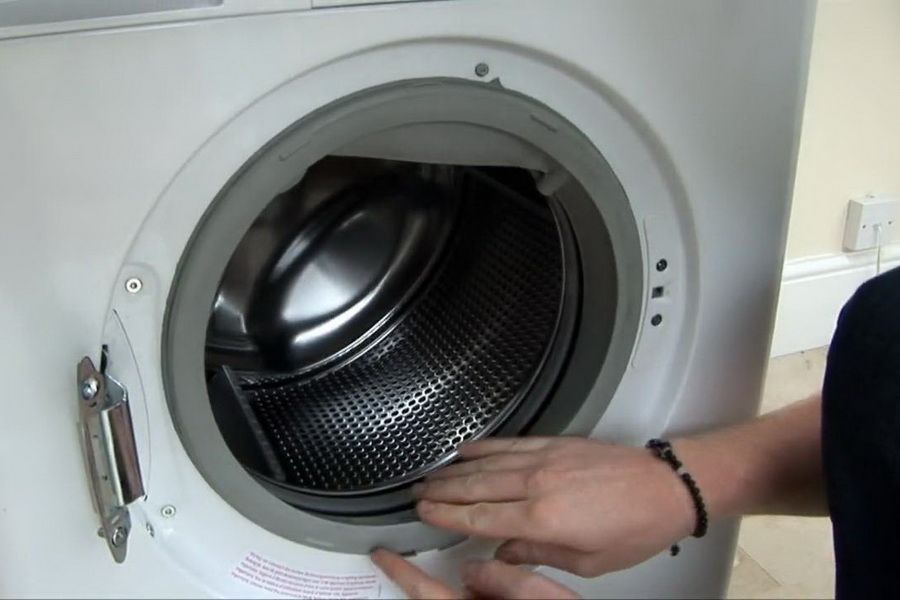
The content of the article
Why does the seal require special attention?
All machine parts require periodic cleaning and maintenance. Sealing rubber is no exception. The point is that it is constantly supported high humidity due to direct contact with water. In addition, if you “open” this casing, you will definitely find debris there. Not the best place to store any contaminants, you know!
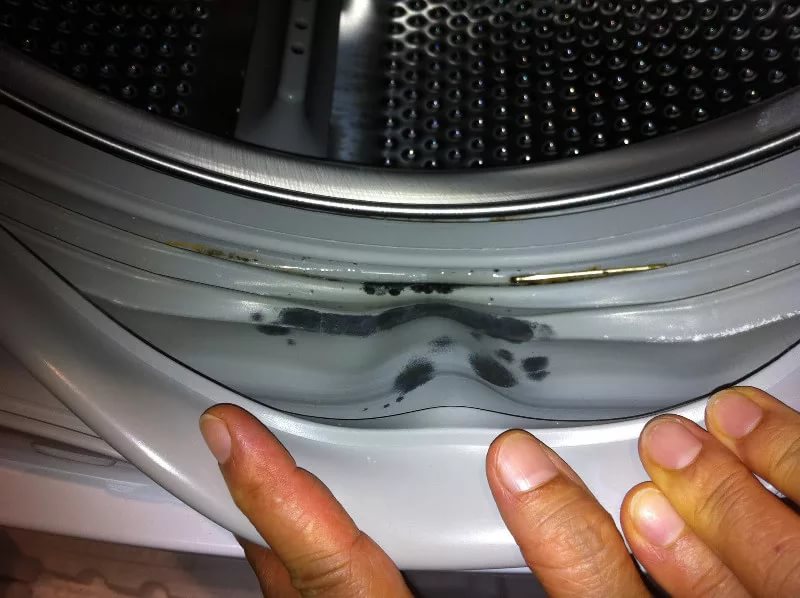
Important! Debris accumulated under the rubber band can lead to the formation of mold, rotting and the appearance of an unpleasant odor in the body of the machine.
In general, there is no choice: you must clean it! But this needs to be done correctly.Will learn!
How to clean the seal

Before you start cleaning the rubber seal, you should prepare the necessary tools.
- An excellent option would be to use baking soda. It not only cleans the parts, but also allows you to get rid of stubborn dirt and mold.
- Various antibacterial and disinfectants. They can be found among household chemicals, and they can be used for the toilet or for cleaning the bathroom. Any type of cleaning product with antibacterial additives suitable for combating mold in rubber cuffs. You can even get by with regular laundry soap.
- Another option is to use copper sulfate. Although copper's main use is to treat plants against pests, it also deals with dirt and fungal colonies on the walls of the washing machine.
- You can use the available tools that you can find in the kitchen. For example, process vinegar, soda, peroxide, citric or boric acid.
Important! Be careful with aggressive products that corrode rubber parts. Make sure that the product you choose is suitable for interacting with rubber.
How to choose a product based on pollution

- To remove stubborn stains and plaque should be applied baking soda, moistened with water. It will help you easily get rid of dirt and will not damage structural elements.
- If there is a formation on the housing under the seal plaque and scale from prolonged use, can be applied citric acid or anti-lime tablets. They will dissolve the scale in the sealing casing.
- To remove rust perfect acetone or special nail polish remover. Apply it thoroughly to problem areas of the washing machine.
- To cope with an unpleasant odor inside the washing machine, should be poured inside the drum eucalyptus or lavender essential oil. You can also use regular whiteness or lemon juice. Long-lasting aromas will eliminate the smell of mold and mildew.
How to clean correctly

But choosing the right tool is only half the battle. The main thing is to perform the procedure correctly so as to achieve the result and not damage the equipment.
Do the work according to this algorithm, then you will succeed.
Work order
- Using a rubber gloved hand, push back the cuff. Try to turn it inside out so that the inside is on the outside. From the folds between the elastic remove debris, visible mold and plaque.
- Apply a cleaning agent with disinfectant additives to the sponge. Wipe all elements of the cuff.
- Close the door and leave for several hoursfor the cleaning products to take effect.
- Place the washing machine on longest wash cycle. This way, all elements are thoroughly washed from dirt and fungal colonies.
- Hot water wash all elements.
- Wipe the parts with a dry cloth.
- Leave the door open to allow the machine to dry completely.
Attention! Sometimes fungi form large colonies and corrode structural parts. In severe cases, the O-ring must be removed or replaced before cleaning.
Preventive procedures
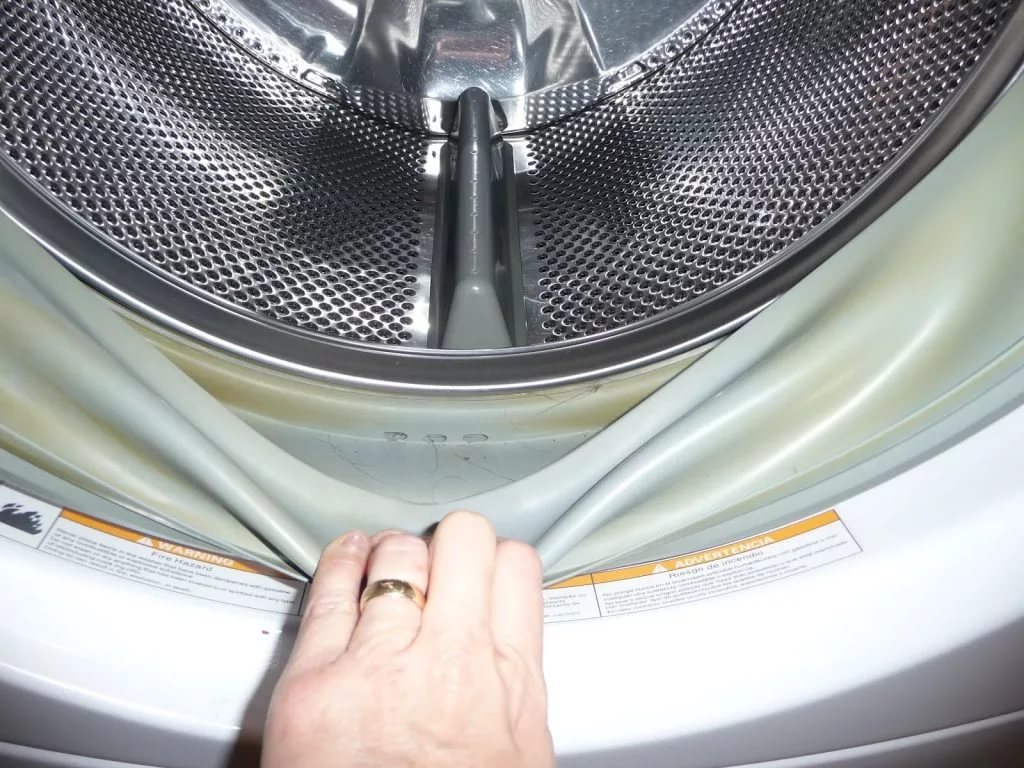
After you have gotten rid of the stubborn dirt, you should think about preventive measures to prevent the recurrence of mold:
- After every wash open the door and thoroughly wipe all parts structures with a dry cloth.
- Clean thoroughly once a month washing machine.
- Remember to remove large particles of debris and dirt remaining after washing.
- Before loading things carefully check your pockets for unnecessary itemswhich may get stuck in the sealing rubber.
- Provide the machine with a flat surface. Then all the water from the drum is removed through the hose and is not retained inside.
As you can see, nothing complicated. And as a thank you for the extra work, we get a washing machine that does the job without any problems.
here we go.. and in 20 years we have never cleaned the current coins there, we took them out and there wasn’t any PC there and there still isn’t, probably we had a special one that was washed out on its own….
I haven’t cleaned it for 25 years, and everything is fine. What's wrong?



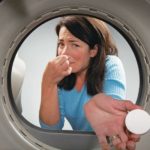
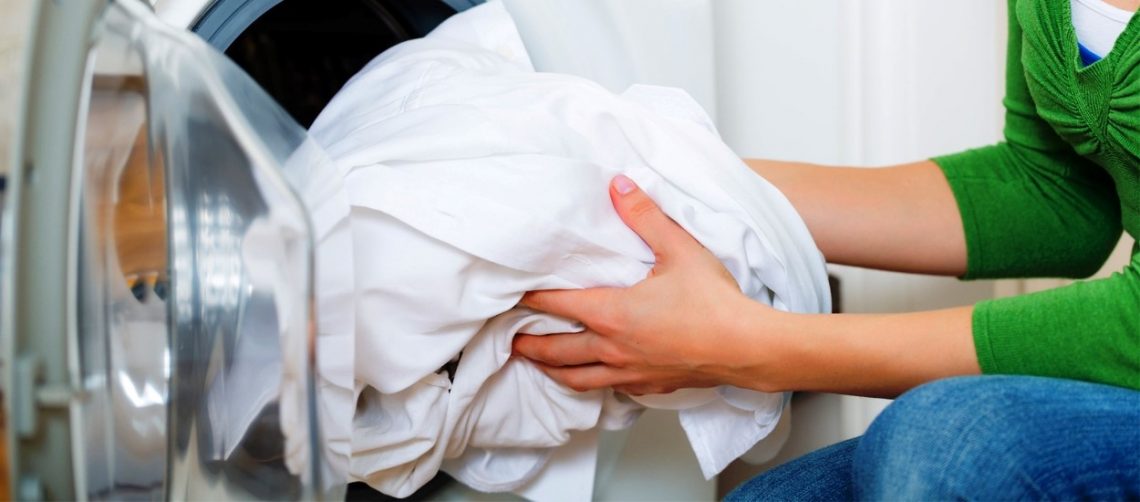

no need to clean anything. And get into the habit of wiping it dry with an elastic band after every wash! Then save the seal for many years!